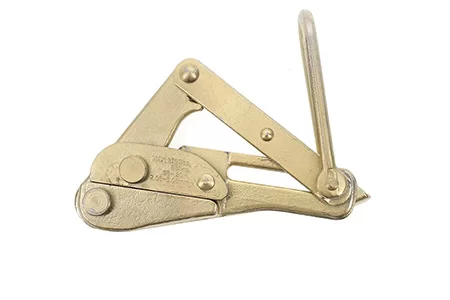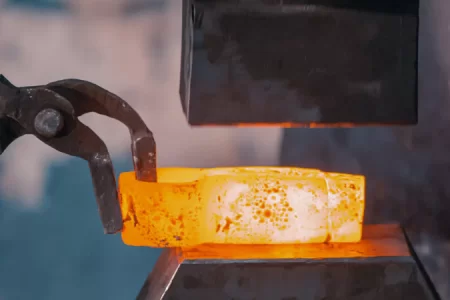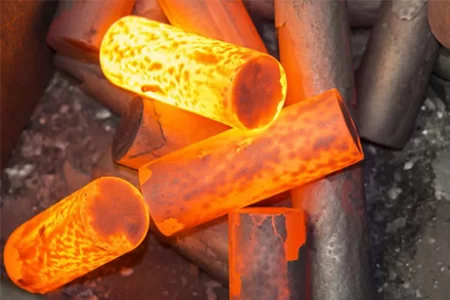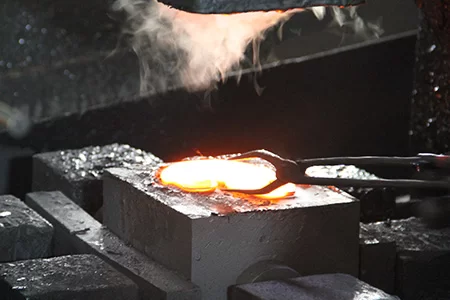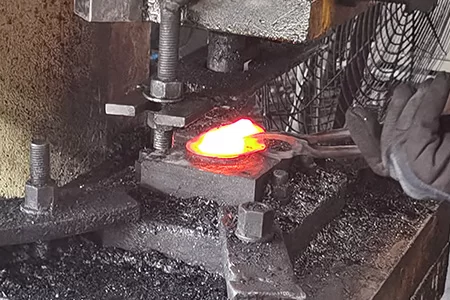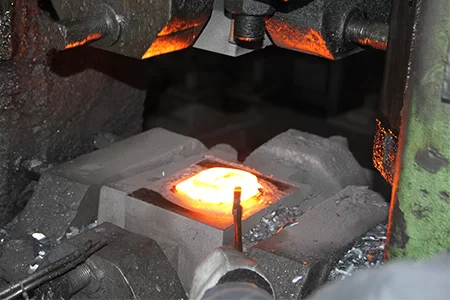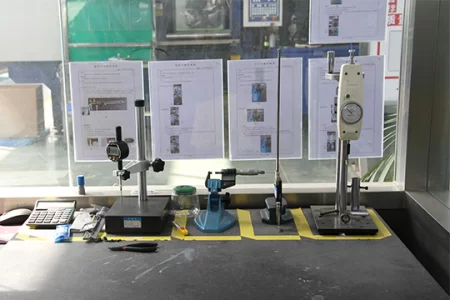By sharing knowledge, experience and views in the field of forging technology, we help you understand, learn and apply relevant technologies.

Hulk Metal Forging Technology
Share technical experience
-
Home>
-
Blog>
-
Technology>
Open Die Forging: Exploring the forging process and the key factors in selecting a OEM

Open Die Forging is an important process in metal processing and is widely used in the manufacture of large parts and high-strength components. Compared with closed die forging, open die forging is more suitable for customizing large-sized and complex-shaped metal parts, so it has been widely used in the fields of construction, energy, mining machinery, etc. In this article, we will explore in depth the principles, process flow, application areas, and how to choose a suitable OEM factory for cooperation.
Overview of Open Die Forging
What is Open Die Forging?
Open Die Forging, also known as free forging, is a forging process that changes the shape of metal by applying pressure. In this process, the metal billet is heated to a certain temperature and placed in an open die (i.e. a die without a fixed shape). Pressure is applied by forging equipment (such as a hydraulic forging hammer or a forging machine) to gradually deform the metal billet to the desired shape. This forging method does not have a pre-set closed die, allowing the metal to flow with greater freedom.
Unlike closed die forging, Open Die Forging is usually used for larger and heavier metal parts, especially complex parts that require multiple or secondary processing.
History of Open Die Forging
The history of Open Die Forging can be traced back thousands of years. In ancient times, forgers forged and hammered metal by hand to form tools and weapons. With the advent of the Industrial Revolution, the technology of Open Die Forging gradually improved, especially with the help of steam power and electric machinery, the scale and precision of forging have been significantly improved. Today, Open Die Forging is widely used in heavy machinery, building hardware, automobiles, and other industries, and has become a key technology for manufacturing high-performance metal parts.
Process and Technology of Open Die Forging
Process Flow of Open Die Forging
The process flow of Open Die Forging can be divided into several key steps:
Material Selection: First, select the appropriate metal material according to the requirements of the final product. Common materials include carbon steel, alloy steel, stainless steel, etc. The choice of material will directly affect the strength, corrosion resistance, thermal conductivity, and other properties of the finished product.
Heating: The metal blank is heated to the appropriate forging temperature, usually between 700°C and 1200°C. Temperature control during the heating process is critical, as too high or too low a temperature will affect the plasticity of the metal and the forging effect.
Forging process: The metal blank undergoes plastic deformation under the pressure of the forging equipment. Since the die is open, the metal can flow freely in the die, and multiple pressurizations are often required during the forging process to ensure that the metal is evenly deformed and reaches the desired shape.
Cooling and inspection: After forging, the metal parts need to be slowly cooled to room temperature to avoid cracks or other quality problems caused by rapid cooling. After cooling, the parts will be inspected for size and performance to ensure that they meet customer requirements.
Advantages and Disadvantages of Open Die Forging
Advantages:
·Flexibility: Open Die Forging can handle metal parts of various shapes and sizes, especially for customized needs.
·High precision: It can produce metal parts with precise dimensions and high strength, especially suitable for use in fields with strict performance requirements such as construction hardware and mining machinery.
· Strong adaptability: Able to handle heavy and large-sized metal billets to meet different industrial needs.
Disadvantages:
· Long production cycle: Since each component needs to undergo multiple processing and adjustments, the production cycle of Open Die Forging is relatively long.
· High cost: Due to the complex process involving multiple steps, the production cost of Open Die Forging is relatively high, especially for small batch production.
· Highly skilled operation is required: Each step in the forging process requires highly skilled operators to ensure the quality and precision of the components.
Materials of Open Die Forging
In Open Die Forging, commonly used metal materials include:
· Carbon steel: Commonly used in the manufacture of ordinary mechanical parts, with good processability and strength.
· Alloy steel: Due to the presence of other metal elements, alloy steel has higher corrosion resistance and strength, and is suitable for components with high strength requirements.
· Stainless steel: With excellent corrosion resistance, it is commonly used in medical equipment, chemical equipment, etc.
Selecting the right forging material is the key to ensuring component performance. The choice of materials not only affects the strength of the components but is also closely related to factors such as durability and corrosion during use.
How to Choose an Open Die Forging OEM Factory
Choosing the right Open Die Forging OEM factory is the key to ensuring high-quality products. Here are a few important points to note when choosing an OEM factory:
Factory Qualification and Certification
Choosing a qualified and certified factory is the first step to ensure product quality. Qualified factories usually have international certifications such as ISO 9001 certification and CE certification, proving that they meet international standards in terms of quality management, production processes, etc.
Process Capability and Experience
A professional forging factory should have many years of industry experience and be able to master various forging processes and technologies. The factory's technical team should have the ability to handle complex shapes and high-demand products to ensure that each part can be delivered on time and of high quality.
Cost and Delivery Time Management
Although Open Die Forging is usually more expensive, through reasonable production planning and equipment investment, the factory should be able to effectively control costs and provide reasonable delivery times. When choosing a partner, the factory's delivery flexibility and timely response capabilities are also factors that must be considered.
After-sales service and support
It is particularly important to choose a processing factory that provides perfect after-sales service, especially when there are quality problems with the product. A professional after-sales team can solve the problem in time to ensure that the interests of customers are not affected.
As a mature and efficient metal processing process, Open Die Forging is widely used in various industries, especially in the manufacture of high-strength and large-size parts. Choosing a professional Open Die Forging processing factory can not only ensure product quality but also improve production efficiency and reduce unnecessary costs. HULK Metal, with its many years of forging experience, advanced equipment, and strict quality control, has always been committed to providing customers with high-quality Open Die Forging solutions. If you are looking for a reliable Open Die Forging processing partner, HULK Metal will be your trustworthy choice.
Article Navigation
Article Navigation
Industries
Foundries
-

December.11, 2024
Analysis of the characteristics and main uses of wire grip for conductor
READ MORE
-

July.01, 2024
Difference between hot forging and cold forging
READ MORE
-

June.27, 2024
What are the advantages and disadvantages of the hot forging process?
READ MORE
-

February.28, 2025
Open Die Forging: Exploring the forging process and the key factors in selecting a OEM
READ MORE
-

February.24, 2025
Key Considerations for Closed Die Forging
READ MORE
-

February.18, 2025
Factors to consider when purchasing custom forgings
READ MORE
-

February.14, 2025
HULK Metal's hot forging quality control
READ MORE



